
If you’ve noticed that there don’t seem to be as many monarch butterflies around in the summer as there used to be, it’s not your imagination.
Largely due to habitat loss, the monarch population has dwindled.
I’ve learned that Monsanto’s Roundup Ready crops are likely the biggest culprit, causing me to question my earlier, overly rosy opinion on GM crops. These genetically engineered crops enable glyphosate weed killer to be sprayed liberally over fields, destroying all plants (except the crop being grown)—including the milkweed plants that monarch butterflies depend upon for survival. In the past, milkweeds prospered around the fringes of fields, but now those oases are disappearing.
And the butterflies are, too.
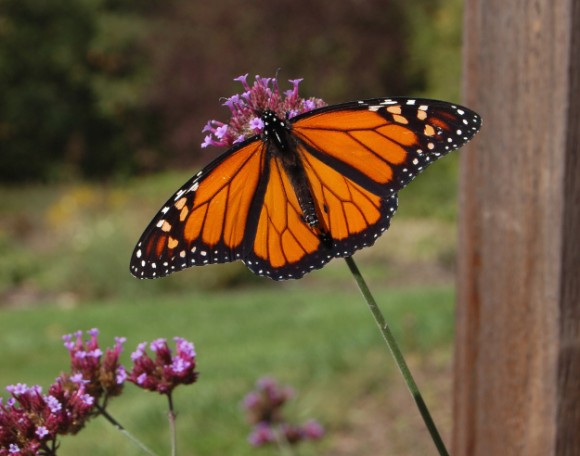
According to Monarch Watch, a non-profit group that monitors the monarch population, fewer monarchs than ever are completing the amazing 2,000-plus-mile journey to their wintering grounds in Mexico. Monarch Watch measures the population by how many hectares the butterflies occupy in winter (1 hectare is close to 2.5 acres). During the past 20 years, they say, they’ve occupied an average of 6 hectares. During the past 10 years, they’ve occupied only 3.3 hectares.
During the winter of 2013, all of the Eastern monarchs that wintered in Mexico fit into a space measuring a paltry .67 hectares. That’s less than 2 acres.
The trend hasn’t gone unnoticed, and gardeners across the country have mobilized to plant more milkweed in their landscapes during the past few years to help the monarchs out.

But now a controversy is brewing about the kind of milkweed that many well-meaning people are planting!
In November of last year, The New York Times reported on a study at the University of Georgia that suggested that the planting of Asclepias curassavica, a.k.a. “tropical milkweed” or “bloodflower,” in Southern states was causing a significant number of monarchs to change their normal patterns of behavior. With a source of fresh caterpillar food available in fall and winter (native milkweeds die back in the fall), monarchs were mating and laying eggs later in the year, and some had stopped migrating altogether.

Additionally, according to the study, it appears that milkweeds that grow all winter are more apt to host a parasite that weakens and kills monarchs that ingest it.
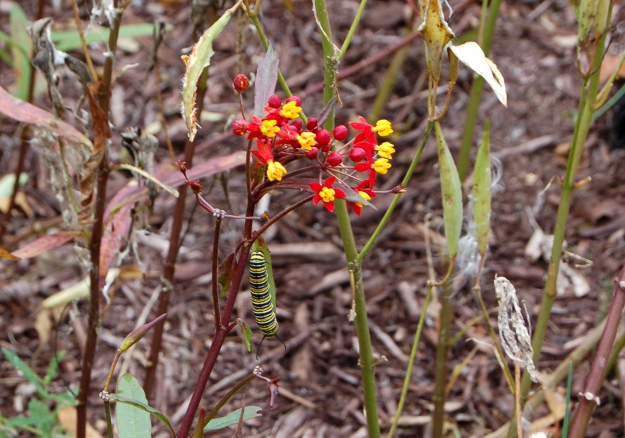
If you really want to help save the monarchs, then, it’s best to stick with milkweeds that are native to your area. Which ones are those? The Xerces Society has very detailed, region-specific guides you can download for free here. But the most common ones you’ll find are these:
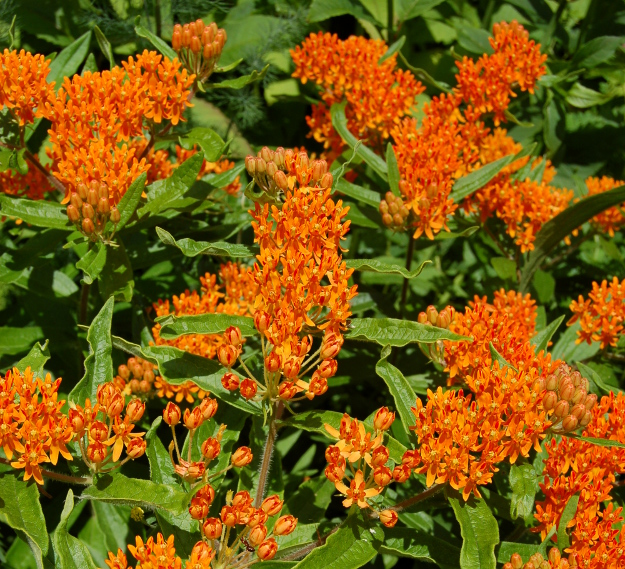
Orange butterfly weed (Asclepias tuberosa) has vibrant flowers in June and sporadically throughout the summer that are usually tangerine-colored, though they can be red or yellow. The mix called ‘Gay Butterflies’ includes all three colors. It grows to about 2 feet in height and width, loves to bask in full sun, and appreciates well-drained soil.
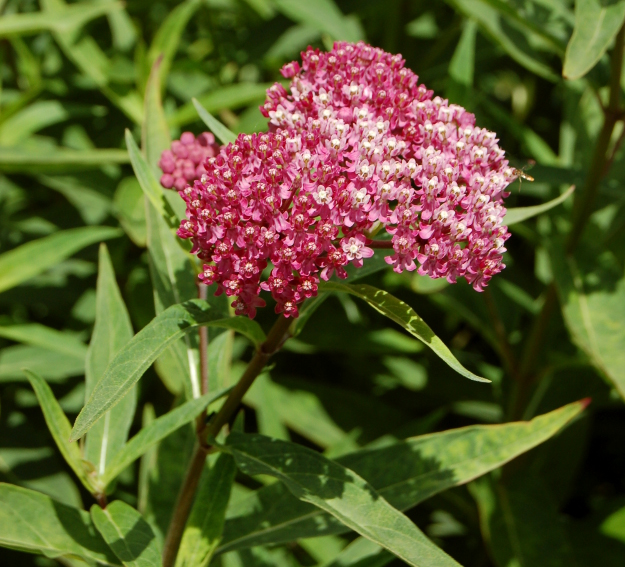
Swamp milkweed (Asclepias incarnata) despite the name does just fine in normal garden soil and will grow 3 to 4 feet tall, producing pink flowers in summer that smell like vanilla. In my experience, the blossoms seem to attract more menacing-looking wasps than butterflies, but the foliage is the key here anyway. In swampy situations, it will get really big and bodacious—to 4 or 5 feet. There’s a white version called ‘Ice Ballet’ if pink’s not your thing.
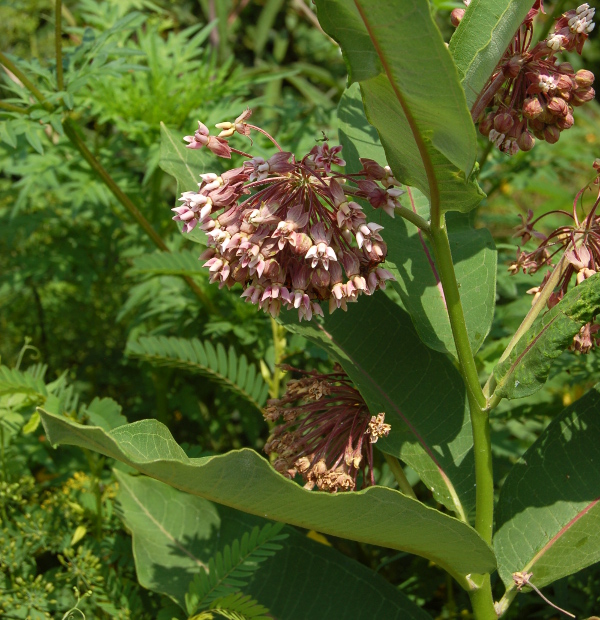
Common milkweed (Asclepias syriaca) has a more “weedy” appearance than the previous two plants but is a great food source for monarch caterpillars, and the vanilla-scented pink flowers attract a wide variety of other adult butterflies looking for nectar. It grows from 3 feet tall in dry areas to 6 feet tall in wet ditches or at pond margins and it spreads underground, so give it room to run and don’t curse me when it pops up in your lawn.

Here in the West, we are more likely to find this guy, the showy milkweed (Asclepias speciosa). It’s similar in many respects to the common milkweed, though it’s better adapted to lean, dry soils.
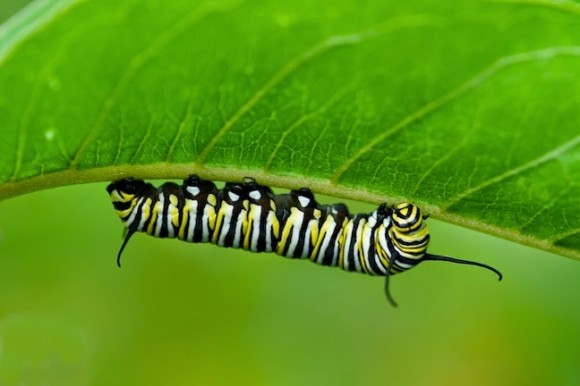
Monarchs are a rarity in Portland even in the best years, but my friend Tamara at Chickadee Gardens found this wonderful surprise on her showy milkweed last summer. So I have hope that my monarch-spotting days aren’t over now that I’m a Portlander. (I took all of the other butterfly photos in this post in Ohio.)
You can buy milkweed plants from Monarch Watch and other suppliers, but I’m going to show you now how I’m raising them on the cheap by growing them from seed.
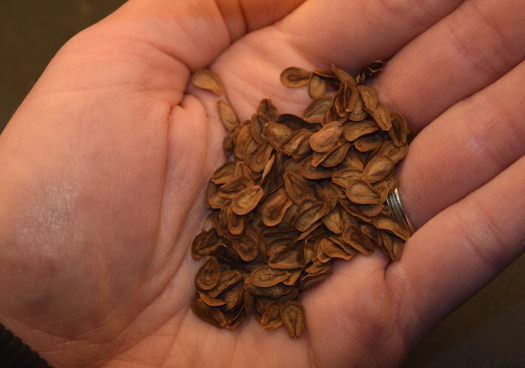
I’m growing Asclepias tuberosa this year, but the procedure is the same for the other species I’ve discussed. I collected seed last fall after the pods began to split.
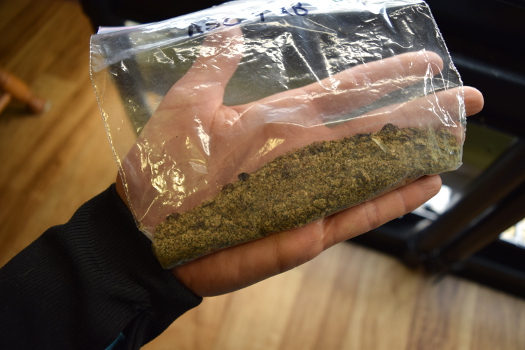
Most native milkweeds need a chilling period (to simulate winter) before they’ll germinate. They need to be moist but not wet during this period. Late last fall I put my seeds into a baggie with a little clean sand and about 5 drops of water. I squeezed the bag to distribute the water and seeds, sealed it, and put it in a plastic container in the fridge.
Don’t worry—it’s not too late to get started! Although I had them in the fridge all winter, the seeds really only need to chill for one month.
On February 28, I sowed a batch in a 3.5-inch pot under lights. I used Black Gold Seedling Mix as my media. It’s a good idea to add some perlite to most seedling mixes to improve drainage. This will help prevent your seedlings from rotting if you have a tendency to over-water (we all do at first).
I filled the pot with mix, firmed it very lightly, sprinkled some seeds, and covered them with more mix. Then a thin layer of perlite and chicken grit mixed 1:1. The grit topping isn’t absolutely necessary but it helps keep the surface dry and free of fungus. I watered them in the kitchen sink with lukewarm water with the sprayer as gentle as it would go.
Lastly, I covered the pot with cling wrap, removing it as soon as the sprouts began to emerge. Don’t leave it on, or the stagnant, humid air will encourage disease.
If you’re starting seeds indoors, you’ll need some fluorescent lights. A sunny windowsill just ain’t gonna cut it. (Certainly not in my part of the world!) Windowsill plants are usually stretched, leaning, and weak.

Here’s the set-up I built, but you can start much simpler. For example, here’s a plan for a super-easy seed-starting light stand made from PVC pipe.
You don’t need grow lights, just normal fluorescent lights will do. Keep them very close to the plants—even almost touching. They won’t burn. If you opt for the more expensive and much brighter T5 fluorescents, they won’t need to be that close.

Water gently and less frequently than you think you should. Over-watering is the most common cause of failure in seed-starting. You’ll learn with experience.
I poked some holes in the cap of a water bottle and use this to water my seedlings. The spray is very fine and doesn’t dislodge the seeds or seedlings. It works great.
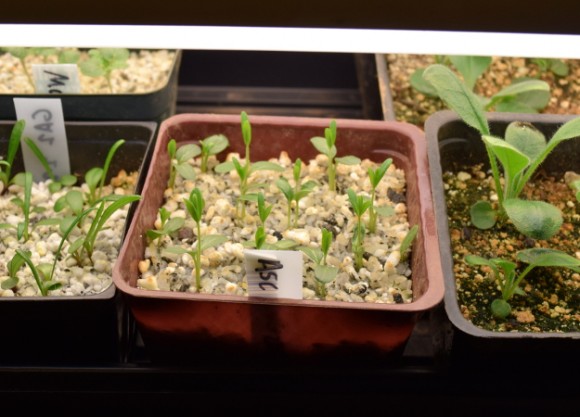
Two weeks later, they’re off and running and look like this. They’re ready to “pricked out” and set into their own pots.

Since the pricking out process is rather tricky, you may want to sow your seeds in plug trays and then thin each cell to one strong seedling.
Once they’re up and growing, water them weekly with half-strength liquid fertilizer.
The last step is to “harden off” the plants, which means to gradually expose them to the outdoors. You don’t want to just throw your tender babies out into the cold, cruel world. Let them acclimate to wind and sun and cooler temperatures a little more each day over a period of one or two weeks.
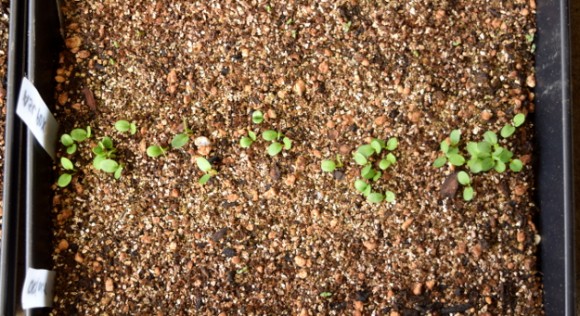
Not interested in setting up lights?
You can grow milkweed outside. I also started some butterfly weed this way, under our covered patio (you want to control the watering, so they don’t drown in too much rain). They’re coming up slowly, at their own natural pace. This takes longer, but the plants will be stockier and more robust, and they won’t need to be hardened off.
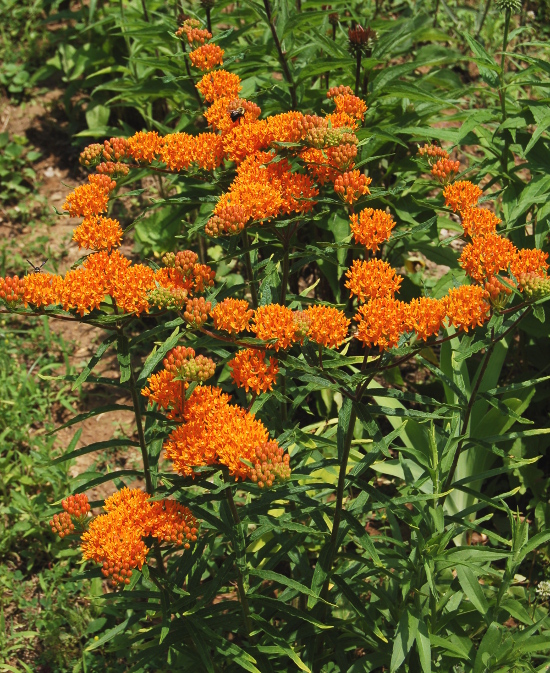
You can plant out your seedlings at plug size or step them up into quarts first. They might bloom the first year or they might not, but remember that the foliage is what the monarchs are after, and they’ll find it even without any flowers.
Like Tamara said in her blog post, if you plant it, they will come!

























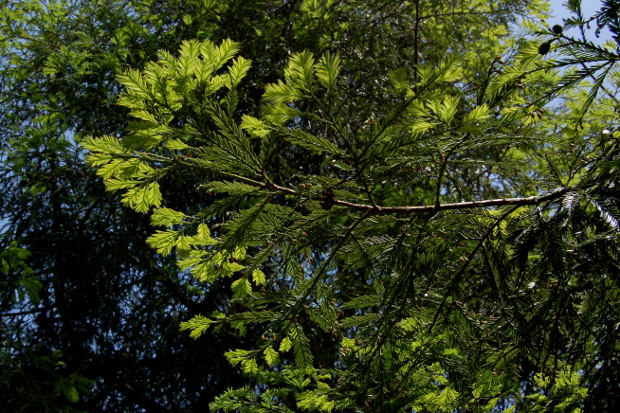


Yay for your seed starting skills! I will follow this – I have no skills but I have seeds in the fall. Thank you so much for posting this and spreading the word. Not only do the monarchs need it, but other pollinators love it – the Asclepias speciosa looks really cool too and is tough as nails once it’s established. Give it a try! Lots of seeds to go around!
Tamara, I’ll do a future post that will have more detail on how to start seeds indoors. It isn’t that hard but there are some common rookie mistakes that might discourage you if you don’t have some guidance on how to avoid them. Starting your own seeds really does open up a whole new world of plants you can grow that aren’t readily available at nurseries.
Also I’ll be giving a talk on seed-starting for HPSO members on March 22 at the Hardy Plant Society Office downtown at 3:00!
I’ve just registered for your talk on Sunday. Looking forward to it to hearing more !
Linda, Yay! There will be one familiar face in the crowd. I think it’s going to be a fun group!
I published a very similar post a while back called Omnivore’s Delight about this same topic. I let my orange milkweed go to seed every year and let the seedlings grow where they sprout. In the fall, I transplant them all over the garden. I’m winter sowing some swamp milkweed right now even though I don’t really have a spot for it. But I bet my friends do. Native milkweeds are the very best for monarchs.
Well, that’s the smart way to do it–just let them reseed and transplant!
I’m growing way too many plants, but with the knowledge that I’m growing way too many. I’m doing a lot of them just for the experience and to get the know-how. I’ll be giving plenty away.
I do miss the butterflies of the Midwest/Southeast. I used to raise all kinds at our old house and it was fascinating!
A. speciosa looks interesting – it will grow in the Midwest as well. I have A. tuberosa, incarnata, and purpureum. I also ordered some A. verticillata for this spring. It is shorter and blooms later than most other milkweeds.
Jason, A. speciosa can be kind of a beast. Big and floppy. But I suppose I’ll have to give it a try. So different than A. verticillata. Hope you get lots of monarchs your way this summer!
Thank you Amy. Great information. Next year, maybe I’ll see a monarch. Fingers crossed.
I see you don’t monetize your page, don’t waste your traffic,
you can earn extra bucks every month because you’ve got hi quality content.
If you want to know how to make extra money, search for: Mrdalekjd methods for $$$